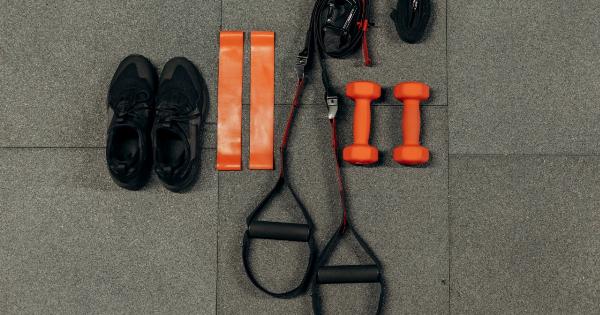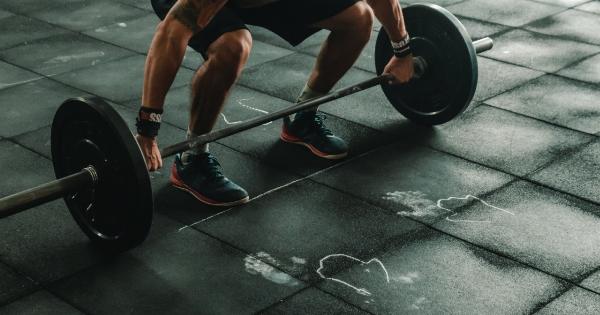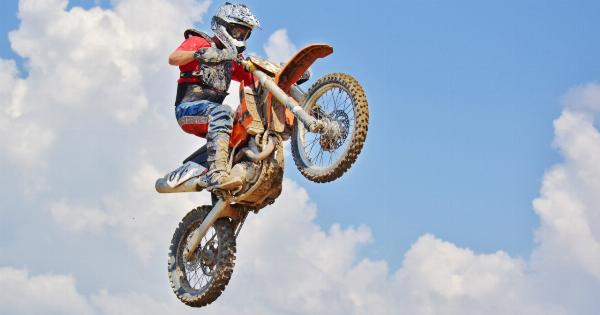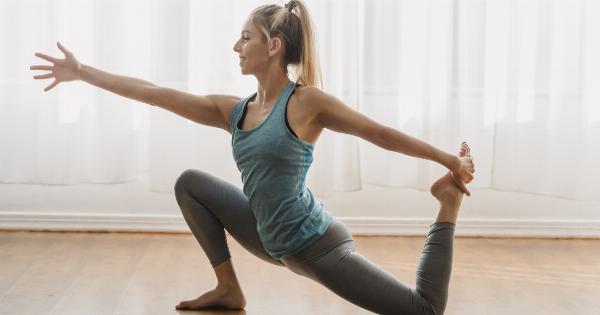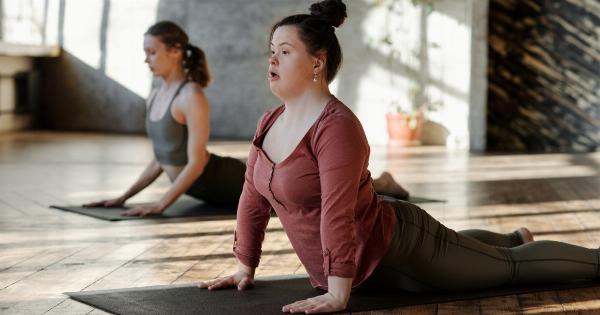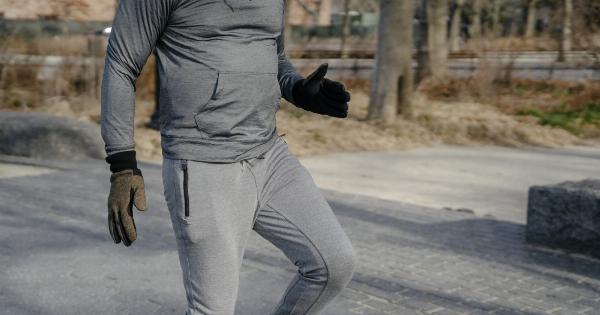If you’re looking to build strong and defined calves, you’ve come to the right place. The calves play a crucial role in lower-body strength and aesthetics, contributing to overall leg power and symmetry.
Whether you want to improve your athletic performance, rock those shorts confidently, or simply want to have well-developed legs, this comprehensive workout plan will help you achieve your goals.
The Importance of Strong Calves
Before we dive into the workout plan, let’s take a moment to understand why strong calves are important. Your calf muscles consist of two main components: the gastrocnemius and the soleus.
These muscles are responsible for ankle plantar flexion (pointing your toes downward), which is essential for activities like running, walking, jumping, and even standing. Weak calves can not only hinder your performance in sports and other physical activities but also lead to lower leg injuries.
Guidelines for an Effective Calf Workout
Before you begin your calf training, keep in mind the following guidelines:.
1. Progressive Overload
Like any other muscle group, the calves respond well to progressive overload. Gradually increase the weights or resistance in your exercises to stimulate muscle growth.
This can be achieved by using heavier weights, performing more repetitions, or decreasing rest time between sets.
2. Full Range of Motion
Ensure you’re utilizing the full range of motion during your calf exercises. This means allowing your heels to drop below parallel and fully contracting your calves at the top of each repetition.
By doing so, you’ll target all the muscle fibers and maximize muscle development.
3. Variety of Exercises
Include a variety of calf exercises in your workout routine to target different aspects of the calf muscles. This will prevent plateauing and ensure well-rounded development.
Incorporate both standing and seated exercises to engage all parts of the calves.
4. Sufficient Rest and Recovery
Just like any other muscle group, the calves need sufficient rest and recovery to grow stronger. Allow at least 48 hours of rest before training your calves again.
During rest periods, ensure you’re properly nourishing your body with a balanced diet to support muscle growth and repair.
The Ultimate Calf Workout Plan
Now that you’re aware of the guidelines, let’s dive into a comprehensive calf workout plan that will help you build strong and well-defined calves:.
Exercise 1: Standing Calf Raises
Stand with the balls of your feet on an elevated surface, such as a step or block. Allow your heels to drop below parallel, then push up onto your toes as high as you can. Hold the peak contraction for a moment and then lower your heels back down.
Perform 3 sets of 12-15 repetitions.
Exercise 2: Seated Calf Raises
Sit on a calf raise machine or bench with your toes resting on the foot platform and your knees bent at 90 degrees. Raise your heels by pushing against the resistance, then lower them back down to the starting position.
Perform 3 sets of 12-15 repetitions.
Exercise 3: Donkey Calf Raises
Position yourself on a calf raise machine or use a barbell on your shoulders. Bend slightly at the waist and allow your heels to drop below parallel.
Push through your toes to lift the weight as high as possible, then lower back down to the starting position. Perform 3 sets of 10-12 repetitions.
Exercise 4: Jump Rope
Jumping rope is an excellent cardiovascular exercise that also engages your calf muscles. Perform 3 sets of 1-minute intervals, aiming for rapid and controlled jumps to maximize calf engagement.
Exercise 5: Farmer’s Walk
Grab a pair of heavy dumbbells or kettlebells and hold them by your sides. Maintain an upright posture and walk for a distance of 50-100 feet. The constant weight-bearing will challenge and strengthen your calves. Perform 3 sets.
Exercise 6: Calf Press on Leg Press Machine
Position yourself on a leg press machine with your feet shoulder-width apart and the balls of your feet on the footplate. Push the footplate away by extending your ankles, feeling a deep stretch in your calves, then return to the starting position.
Perform 3 sets of 12-15 repetitions.
Exercise 7: Calf Stretch
After completing your calf workout, it’s essential to stretch the muscles for enhanced recovery and flexibility. Stand facing a wall with one foot forward and one foot back.
Place your hands on the wall and lean forward, keeping your back leg straight. Feel the stretch in your calf muscle and hold for 30 seconds on each side.
Exercise 8: Single Leg Calf Raises
Stand on one foot near a wall or stable surface for support. Push up onto your toes, lifting your heel as high as possible. Lower back down to the starting position. Perform 3 sets of 10-12 repetitions on each leg.
Exercise 9: Box Jumps
Find a sturdy box or platform of an appropriate height. Jump explosively onto the box, fully extending your hips and engaging your calf muscles. Step down carefully and repeat for 3 sets of 10-12 repetitions.
Exercise 10: Calf Raise with Resistance Bands
Loop a resistance band around a sturdy anchor point. Step into the loop and hold the other end in your hands. Place the balls of your feet on the edge of a platform and push up onto your toes against the resistance of the band.
Lower back down and repeat for 3 sets of 12-15 repetitions.
Conclusion
Follow this comprehensive calf workout plan to build strong and defined calves. These exercises target the calf muscles from various angles, ensuring maximum growth and strength development.
Remember to progressively overload, utilize a full range of motion, and allow adequate rest for optimal results. Get ready to rock those shorts confidently and enjoy the benefits of well-developed calf muscles!.

